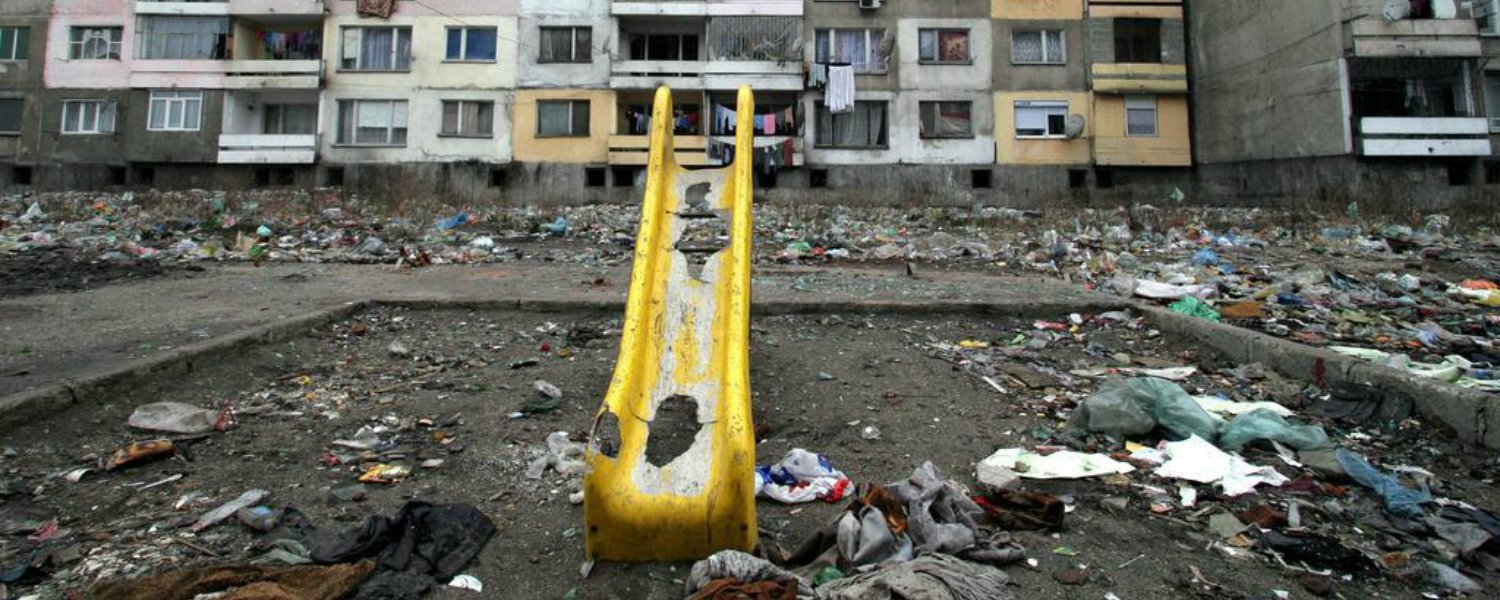A recent report shows that Bulgaria is at a stage of its demographic development, in which the collapse and aging of the population has reached irreversible levels. The economic consequences of this trend will be difficult to correct in the future.
All the demographic data for Bulgaria and projections respectively, are made based on estimations . Inevitably they appear to be extremely negative and this trend started three decades ago – when socialism ended.

The presented study from the Institute for Human Population Studies at the Bulgarian Academy of Sciences, based on forecasts from Eurostat, NSI, UN and the World Bank, does not differ from general expectations but brings some important additions, which are actually more disturbing. They were widely ignored in most of the Bulgarian media, which was focused on the “sensational” news that the population would continue to dwindle at roughly the same pace.
Interestingly, the report was made on the orders of the Council of Ministers, but only after the National Assembly had forced them to do such a study in autumn. The reason why the government did not to use academic institutions for regular and careful demographic analysis with a sound assessment of the effects is unknown. However, it is not difficult to assume that such studies do not carry any political capital, but on the contrary, they deviate from the scant optimistic hypotheses about the country’s development.
According to some of them, the shrinking population is good news, because the wealth will be distributed to fewer people and, accordingly, we will catch the West economically – assuming that the number of Bulgarians was “unnatural” much before the 1990s. According to others, as a result of convergence with the EU and raising living standards, the negative demographic trend will be overturned or at least be interrupted. But do we have any reason to rely on these hypotheses?
Inertia of inverse growth
Projections for the future are by definition uncertain, especially if they have to go more than two decades ahead, so the scientists dealing with them offer different scenarios regarding the main factors – fertility, mortality and migration. In all six options, however, the trend for Bulgaria does not change in substance, with a population contraction between 13.9% (variant with zero migration) and 21.6% (low birth rate) expected between 2015-40. The realistic option is for a 17.6% contraction. This means that the avoidance of projections cannot be accidental or “natural”, and can only be possibly rectified through systematic political changes, if possible.
Demographic collapse is not a problem in itself, but it has serious consequences – a higher average age for the population and a lower percentage of the working-age population potentially means more years of work for the same standard of living in poorer social systems. But the most unpleasant consequence is that the trend can not be overturned, at least not in the foreseeable future, and it seems as if this moment is so close for Bulgaria or it has even passed:
“The forecast results of the different projections convincingly confirm that despite the expected improvement in mortality and birth rates over the projection horizon, the country’s population may have reached the so-called “Inertia of inverse growth.”
At this stage, the aging of the population is at such levels that even if the birth rate has risen to above necessary for reproduction levels, the population will continue to shrink for decades. At the same time, the economic consequences of this process make long term birth rate growth less likely. We are in a spiral where poverty leads to an aging population and vice versa, and the fact that this applies to varying degrees in most Eastern European countries comes with no comfort.
One of the effects of this enchanted circle is further lagging behind the EU at life expectancy. In general, it is expected to grow everywhere, but faster in countries that start at low levels. That is why Bulgaria is “an exceptional case” according to UN projections because it is at low levels at the beginning of the period and is progressing slower than expected for the community. Thus, in 2015, the estimated life expectancy for men in Bulgaria is 96.2% of the EU average, and in 2040 it is expected to reach 95.8%. For women, the drop is sharper – from 95.8% to 94.9%.
Sharp change?
Eurostat’s forecasts show a steady increase in fertility – at a total fertility rate of 1.52 (2015) to 1.73 in 2040 (1.76 by UN). This is a parallel trend with the one in the EU, but the problem is that for the so-called “Simple reproduction” the needed rate is 2.1. As a result, the country’s population will fall to less than 6 million at the end of the period, despite the increased life expectancy, which puts us in the global avant-garde of this indicator.
Again, a more unfavorable consequence is that the proportion of the population under 65 will drop by about 8% at the expense of the elderly, and working age people of 40 years and below will drop to 3.5 million – almost, as it was before the economic crisis. Due to the negative impulse mentioned, the decline will continue for decades, regardless of whether the fertility rate will reach the required level for simple reproduction. That is why Eurostat, with a considerable amount of confidence, forecast that by year 2080 the population of Bulgaria will be 4.6 million (in 1989 it was near 9 million).
Until then, the EU population will increase marginally, but only thanks to third-country migration to the richest EU members. Expectations for Bulgaria are that emigration will increase more than twice in the 2020s compared to 2015, then it will decline in the late 2030s and stabilize around zero. The reason for this emigration impulse, according to the report, is of a socio-economic nature:
“Inequalities, as well as opportunities/prospects, are a major driver of migration. Inequalities between countries, as well as within a country, generate migration. Emigration is promoted not only by differences in wages and living standards among countries, but also by inequality, social exclusion, public problems, prospects in sending countries.”
Slow convergence with the EU, as well as intra-country inequalities that lead to “inequalities in consumption, access to education and health” are “strong motivators for migration”. The process can only be affected by a “sharp change in the country” in terms of living standards and admission of foreign citizens.
Socio-economic factors are even more relevant to low birth rates and life expectancy than to emigration, but the rise in the trend will require even more rapid change. Reducing inequalities and improving access and quality of the social systems, however, is exactly the opposite of what we have seen over the last few years.












[…] Akademii Nauk ocenili, że przez niski wskaźnik urodzeń i masową emigrację do 2080 r. liczba obywatelek i obywateli skurczy się do 4,6 mln. Gdy upadał socjalizm, Bułgarów było niemal dwa razy […]